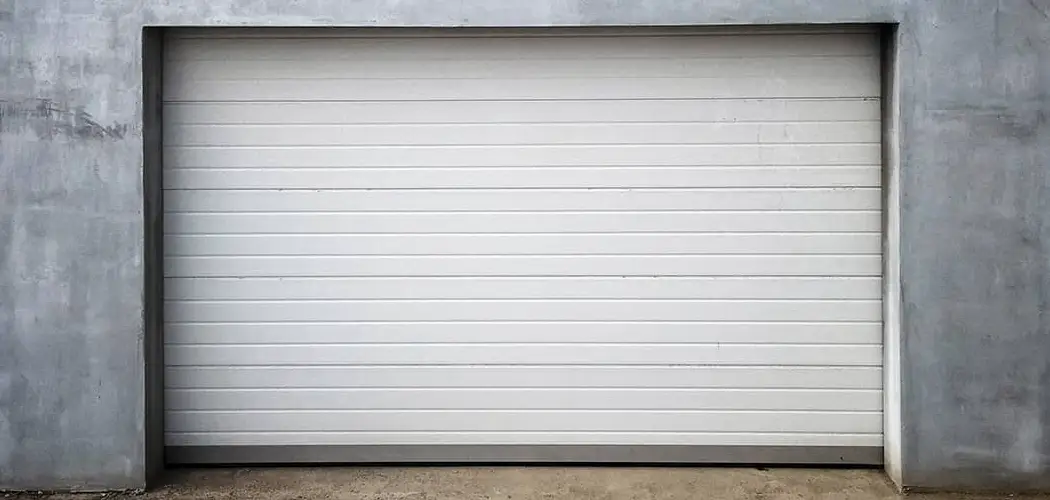Proper maintenance of your garage door is essential to ensure its longevity and smooth operation. One key aspect of upkeep is lubricating the hinges, which helps reduce noise, prevent rust, and keep the door functioning efficiently.
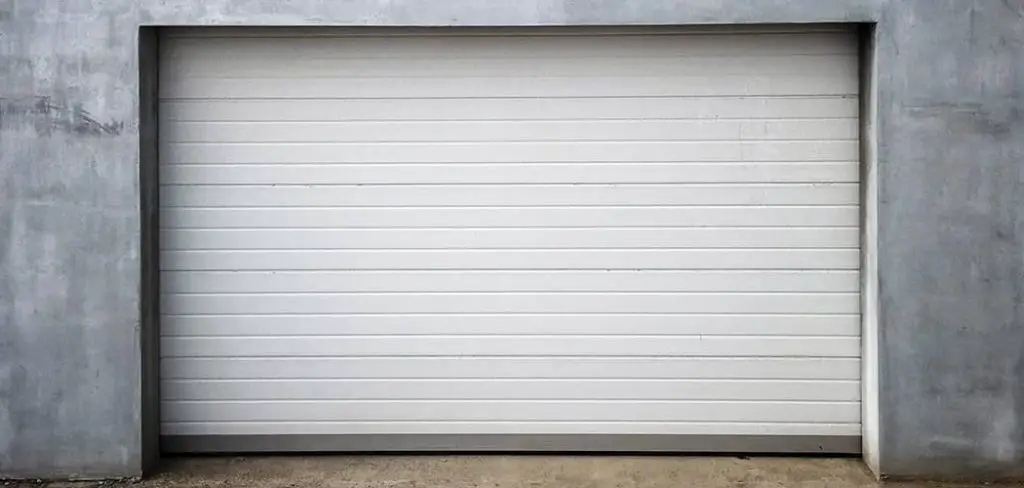
Regular lubrication not only prolongs the life of the hinges but also enhances the overall performance of your garage door system. This guide will walk you through the steps oof how to lubricate garage door hinges effectively.
Importance of Lubricating Hinges Regularly
Lubricating your garage door hinges on a regular basis is crucial for maintaining their effectiveness and extending their lifespan. Hinges are constantly under stress as they bear the weight of the moving garage door, and without adequate lubrication, they can wear out more quickly. Over time, dust and debris can accumulate, leading to increased friction and causing the hinges to stick or grind.
Regular lubrication minimizes this wear and tear, reducing the risk of costly repairs or replacements. Additionally, properly lubricated hinges prevent annoying squeaking noises and ensure your garage door operates smoothly and safely. By incorporating this simple maintenance step into your routine, you can save both time and money in the long run.
Signs Your Garage Door Hinges Need Lubrication
Recognizing the signs that your garage door hinges need lubrication can help prevent unnecessary wear and potential damage. Here are some common indicators to watch for:
- Squeaking or Grinding Noises: Unusual sounds during operation often suggest that the hinges are dry and require lubrication.
- Sticking or Jerky Movement: If the garage door doesn’t open or close smoothly, it could mean the hinges are not functioning properly due to lack of lubrication.
- Visible Rust or Corrosion: Rust buildup on the hinges indicates that moisture and lack of lubrication are taking a toll, which could impair their performance.
- Difficulty in Manual Operation: If opening or closing the door manually feels more difficult than usual, the hinges may be too stiff and in need of attention.
Addressing these signs promptly with regular lubrication can enhance the lifespan of your garage door components and maintain its efficient performance.
Tools and Materials You’ll Need
To properly lubricate and maintain your garage door hinges, you will need the following tools and materials:
- Silicone-Based Lubricant: A high-quality lubricant specifically designed for garage doors to ensure smooth operation and prevent rust.
- Clean Cloth or Rag: For cleaning off dirt, dust, and old lubricant from the hinges.
- Mild Detergent and Water: To remove built-up grime or grease before applying new lubricant, if needed.
- Safety Gloves: Protect your hands during the cleaning and lubrication process.
- Step Ladder: To safely access hinges and other moving parts on taller garage doors.
Having these tools and materials ready beforehand will streamline the maintenance process and help keep your garage door operating efficiently.
10 Methods How to Lubricate Garage Door Hinges
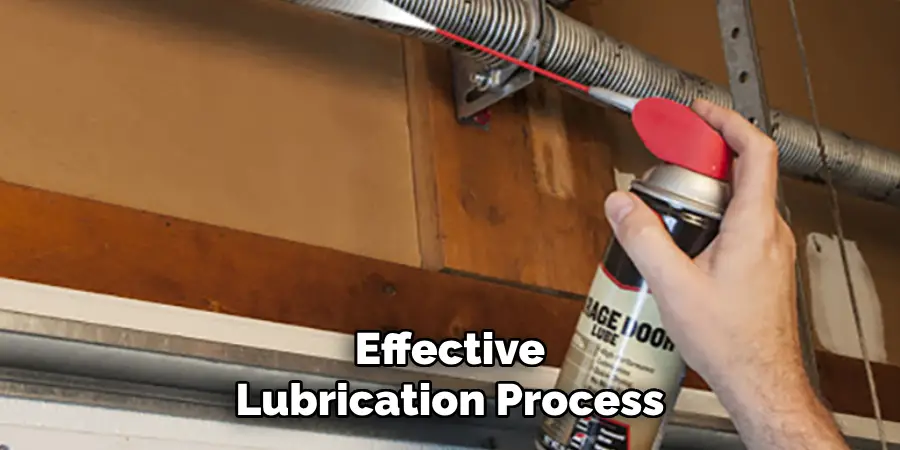
1. Assess the Condition of the Garage Door Hinges
Before you start lubricating the hinges, take a few moments to thoroughly inspect the garage door. Observe how the door opens and closes, listening for any squeaking, grinding, or resistance that might indicate dry or damaged hinges. Check each hinge visually, looking for signs of rust, wear, or accumulated dirt.
Identifying problem areas helps you focus your lubrication efforts where they are most needed. Additionally, ensure the garage door is securely in place, and disconnect the automatic opener to avoid accidental movement while working. This preparatory step not only ensures safety but also allows for a more targeted and effective lubrication process.
2. Gather the Necessary Tools and Materials
Proper lubrication of garage door hinges requires the right tools and materials. Start by gathering a high-quality lubricant specifically formulated for metal parts, such as a silicone-based spray or lithium grease. Avoid using WD-40 as it is more of a cleaner than a long-term lubricant.
Additionally, have a clean cloth, an old toothbrush, safety goggles, and disposable gloves on hand. Using the right products and protective gear ensures that you achieve optimal results without causing damage to the hinges or compromising safety. Organizing your materials beforehand makes the process smoother and more efficient.
3. Clean the Hinges Before Lubrication
Dirt, dust, and debris can hinder the effectiveness of lubrication, so it’s crucial to clean the hinges before applying any lubricant. Use a wire brush or an old toothbrush to scrub away built-up grime, rust, or cobwebs.
You can also use a damp cloth to wipe the hinges, followed by drying them with a lint-free towel. For stubborn rust, apply a rust remover or vinegar solution and let it sit for a few minutes before scrubbing. Cleaning the hinges ensures that the lubricant can penetrate the metal properly, providing lasting smoothness and protection.
4. Choose the Right Lubricant for Your Hinges
Selecting the appropriate lubricant is vital for maintaining garage door hinges. Silicone-based lubricants are highly recommended as they do not attract dust and remain effective even in varying temperatures. Lithium grease is another excellent choice for metal-on-metal applications due to its thick consistency, which provides long-lasting protection.
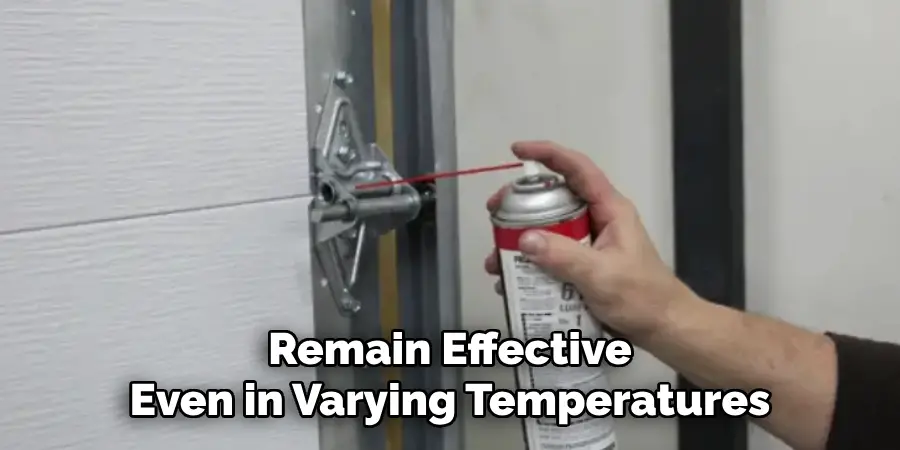
Avoid oils like motor oil or cooking oil, as they can cause sticky buildup. Using the correct lubricant not only enhances the smooth operation of the hinges but also prevents premature wear and rust formation, ensuring the longevity of your garage door system.
5. Apply the Lubricant Properly
Now that your hinges are clean and you have selected the appropriate lubricant, it’s time to apply it correctly. Shake the lubricant can if needed and attach a precision straw if available to control the spray. Apply a small amount of lubricant directly onto the pivot points of each hinge.
Be cautious not to oversaturate, as excess lubricant can drip onto the floor or accumulate dust. After applying, open and close the garage door several times to distribute the lubricant evenly within the hinge mechanisms. Proper application minimizes squeaks and allows for smooth, quiet operation.
6. Wipe Off Excess Lubricant
After lubricating, it’s essential to wipe off any excess lubricant from the hinges and surrounding areas. Use a clean, dry cloth to blot any drips or over-application. Excess lubricant can attract dirt, causing more buildup and potentially leading to future problems.
Additionally, inspect the floor beneath the garage door to ensure no slippery residue remains, which could be hazardous. Removing the surplus lubricant not only keeps the hinges cleaner but also helps maintain an organized and safe workspace.
7. Test the Garage Door Operation
Once you’ve applied the lubricant and cleaned up the area, it’s time to test the garage door. Reconnect the automatic opener if you had previously disconnected it. Open and close the door several times to ensure the hinges move smoothly and without noise. Pay close attention to any creaking or resistance; if detected, you may need to apply a bit more lubricant. Testing the door’s operation immediately after lubrication ensures that your efforts were successful and that the hinges are functioning optimally.
8. Lubricate Other Moving Parts for Complete Maintenance
While focusing on the hinges is essential, it’s equally important to lubricate other moving parts of your garage door for a comprehensive maintenance routine. Apply lubricant to the rollers, tracks, and springs to ensure the entire system operates smoothly. Each component works in harmony with the hinges, so neglecting one part can compromise overall performance.
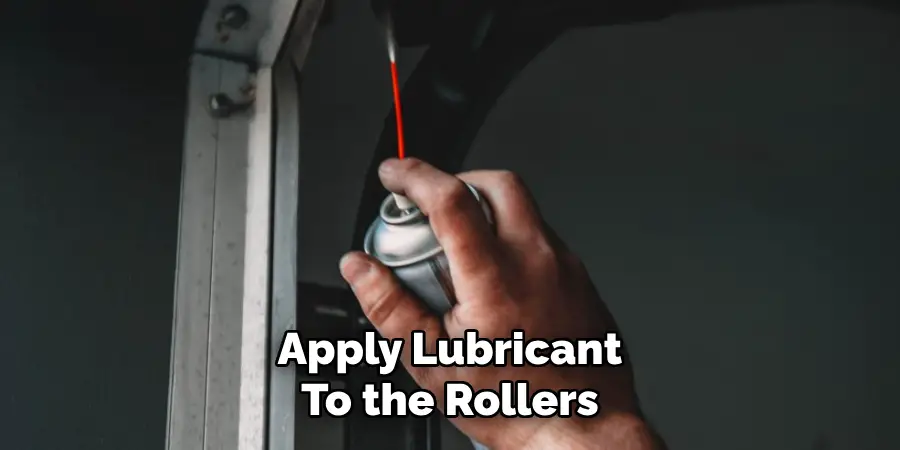
As with the hinges, use silicone spray or lithium grease and avoid over-application. Regular maintenance of all moving parts extends the lifespan of your garage door and reduces the risk of sudden malfunctions.
9. Establish a Regular Maintenance Schedule
To keep your garage door hinges and other components in optimal condition, establish a regular maintenance routine. Ideally, lubricate the hinges every six months, or more frequently if you live in an area with high humidity or temperature fluctuations.
Set reminders on your phone or calendar to ensure consistency. Regular lubrication prevents rust and wear, keeping your garage door quiet and functional. Following a maintenance schedule not only saves you from costly repairs but also ensures reliable operation year-round.
10. Monitor and Troubleshoot Issues Post-Lubrication
Even after proper lubrication, it’s crucial to monitor the performance of your garage door periodically. Listen for unusual noises and observe the movement of the door over the following weeks. If the door becomes noisy again shortly after lubrication, inspect the hinges for signs of damage or wear.
Sometimes, hinges may require tightening or even replacement if they are excessively worn. Troubleshooting promptly helps address minor issues before they escalate into significant problems, ensuring that your garage door remains efficient and dependable.
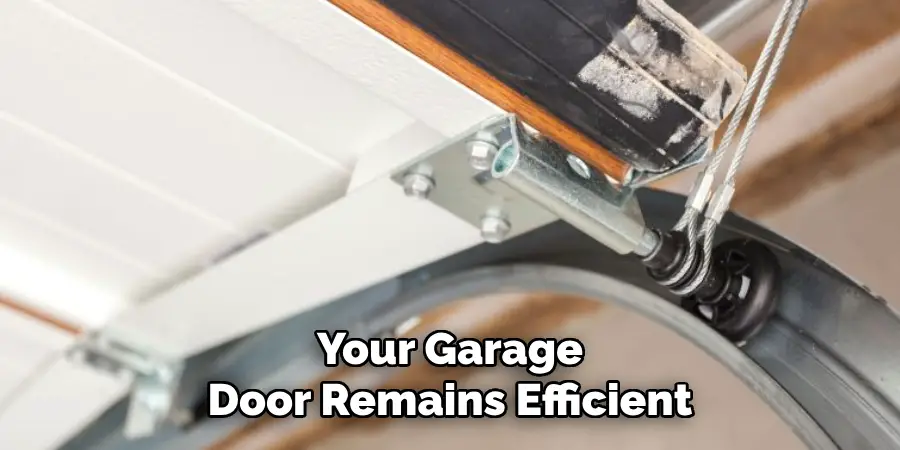
Conclusion
Properly lubricating garage door hinges is essential for maintaining smooth and quiet operation. By assessing the condition of the hinges, choosing the right lubricant, and following the correct application methods, you can significantly extend the life of your garage door.
Regular maintenance not only reduces noise but also prevents rust and mechanical failures. Incorporating a consistent lubrication schedule ensures that your garage door remains functional and reliable, allowing you to avoid unexpected breakdowns. Thanks for reading our blog post on how to lubricate garage door hinges! We hope you found it helpful and informative.
I am Rick. I grew up helping my dad with his handyman service. I learned a lot from him about how to fix things, and also about how to work hard and take care of business. These days, I’m still into fixing things- only now, I’m doing it for a living.
I’m always looking for new ways to help people grow and develop. That’s why I have created this blog to share all my experience and knowledge so
that I can help people who are interested in DIY repair.

